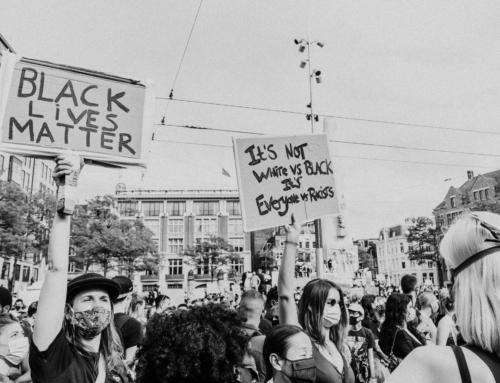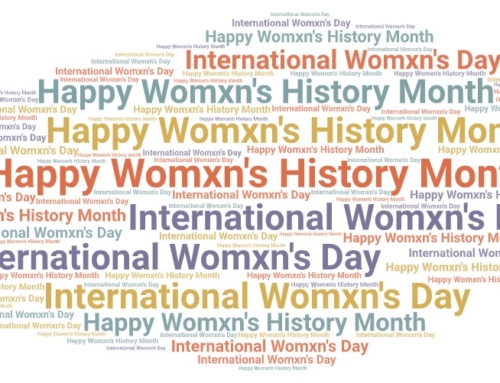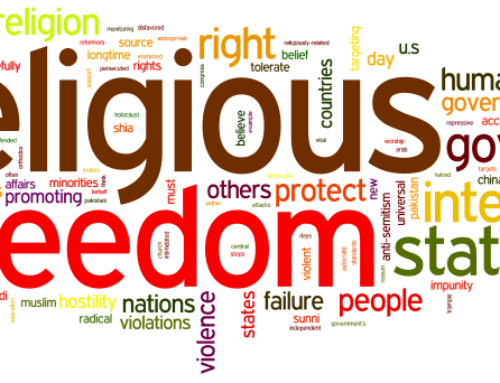On the anniversary of 9/11, SabriAnan Micha takes some time to reflect on the “Send her back” chants from the Summer.
In mid-July, Donald Trump stood back as chants broke out a rally in North Carolina. “Send her back! Send her back!” Trump’s supporters were referring to Representative Ilhan Omar of Minnesota, who was born in Somalia. Almost immediately, countless op-eds and articles were published condemning Trump’s followers for their racism and xenophobia as well as marking this rally as a defining moment for his 2020 campaign. As SE Cupp writes in a CNN article,
“Regardless of either party’s ability to put an end to Trumpism in the near future, “Send her back” perfectly encapsulates the Trump era, his ambitions and his supporters’ zeal for punishing and otherizing his detractors. It covers all the features of the Trump doctrine: an appeal to basest instincts, personal animus, racism, xenophobia, revenge. All packed succinctly into three words.”[1]
Throughout his 2016 campaign and time as president, Trump has shown an intolerance for people who criticize or do not agree with him. Trump’s rhetoric, however, is not exclusive to him. His supporters and success is indicative of the growing hate and intolerance people with marginalized identities face daily. The “send her back” chants were the culmination of years of policies, speeches, and Tweets that have worked to give that hate and intolerance a platform. On the anniversary of 9/11, a date that incites anger in some and anxiety in others, the gravity of the “send her back” chant sits particularly heavy on my shoulders. It is imperative we look at these racist and xenophobic comments and think of the ways they will affect our black, brown, and Muslim youth.
As a black, Muslim, child of immigrants I remember going to school in a post-9/11 world and being met with comments calling me a “terrorist” or telling me and my family to “go back where we came from.” Over time, I noticed these omnipresent comments getting louder and more aggressive around the anniversary of 9/11. As people were reminded of their collective trauma, they took out their anger on the most convenient target: me. Even though I loved going to school and learning, I began to get anxious whenever the anniversary neared. What if my classmates decided to do more than speak? Would I be able to protect myself? How would I explain the situation to my parents, who moved here so we could all have a better future? I remember wishing my educators would step in. Their silence, similar to Trump’s silence as the chants broke out, spoke for them. Now I fear even more for the youth of today. I think of my younger family members, especially those who choose to wear a hijab or headscarf. Although they are much tougher than I ever was, I fear that the usual 9/11 anxieties will only be heightened by having an acting president insist a Black Muslim woman be ‘sent back.’ Tim Miller, former advisor to Jeb Bush, wrote on Twitter,
“I’d say to my friends in DC going along with Trump. Imagine how this video of the President leading a white mob in a ‘Send Her Back’ chant targeting a black refugee is going to look in your kids high school government/history classes. This hatred has got to be stopped.”
In a time when the President of the country silently supports intolerance, educators must step up for their marginalized students. It is imperative not only to teach students why these comments are wrong, but also step in when they see or hear racist and xenophobic comments repeated in their classrooms or hallways. Students with marginalized identities must be able to trust that their educators will be there for them. Sometimes simply checking in with a young person who is having a hard time speaks volumes.
[1] Cupp, SE, “‘Send her back’ will be the Trump era’s defining slogan”, CNN
RE·Imagine
What ways are schools and educators currently standing up for their students of color and Muslim students? How can they do more? What would it look like to have an educational environment that fully supports and enriches these students?




